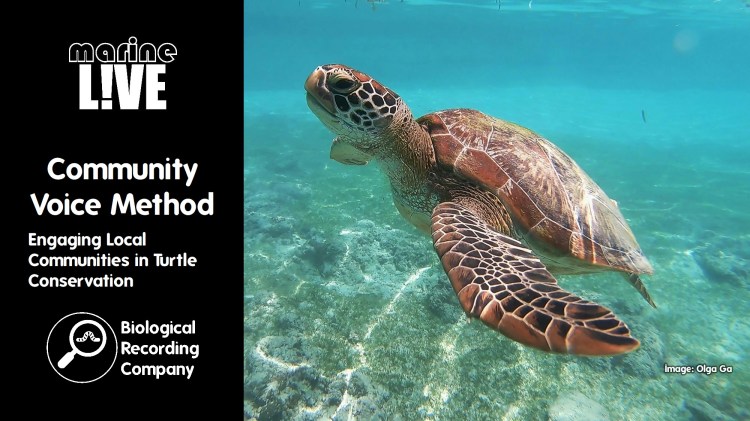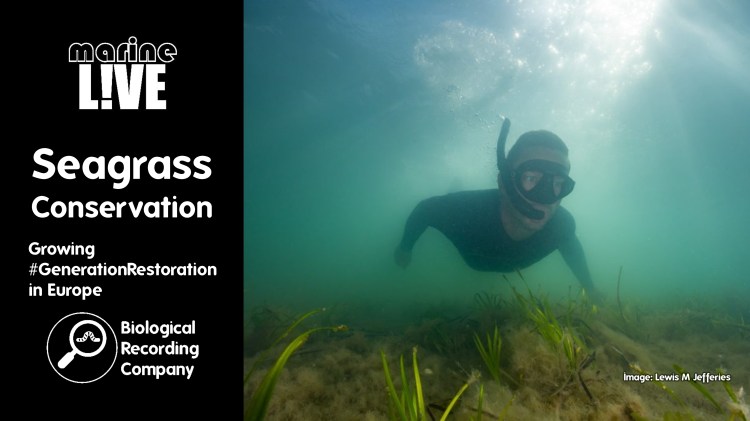A series of mass marine mortality events occurred along the northeast coast in late 2021, with populations of crabs and lobsters particularly badly affected. The cause of the deaths is highly contested, with the main explanations centred on harmful algal blooms or industrial pollutants. What is clear is that the ecosystem sustained enormous damage with some populations potentially facing localised extinctions. This talk will set out the background to the mass mortalities and will explore the science behind the investigation.
Dr Gary Caldwell is a Senior Lecturer in Applied Marine Biology at Newcastle University. His research interests include marine ecotoxicology and marine poisons, venoms and toxins.
Q&A with Dr Gary Caldwell
- Is it possible to test the crab and lobster carcasses for contaminants?
It is possible to test the carcasses for a lot of the pollutants, such as metals and organic pollutants (such as PCBs). The Environment Agency have tested for those and one of the things that I’ll be doing as part of this process is going back to the original EA data reports and looking at what concentrations were detected in the crabs and lobsters for the regional die-off and feeding this information into our machine learning model. We can use this to look at both the risk to the marine organism and also the potential impact on people as well. Pyridine is more problematic to work with as it disappears very quickly from the environment, so the longer it is before samples are tested the harder it is to detect it due to it breaking down. We are being sent the original marine samples by Cefas and they should be arriving in my lab next week, where we will analyse them. We’ll be looking for different pathogens as well. - Do we know what the impact is on people that may have consumed contaminated seafood?
I haven’t heard of any reports of people being impacted from eating things. As with anything that is toxic, it depends on the levels consumed so eating one or two contaminated crab is unlikely to cause you any great amount of harm. However, these chemicals can accumulate in our body, particularly the fat tissue, so if somebody was consuming contaminated seafood as a large component of their diet on a regular basis our body would act as a battery soaking up these toxins and would be of particular concern – particularly those that are pregnant or trying to get pregnant. I have heard of cases from people that have been swimming or surfing in the area that have developed skin rashes and been contracting infections that they never had before. So we need to consider other risks and impacts on humans aside from just the consumption of contaminated seafood. - Has an impact been observed on any of the natural predators of the marine life that was killed in the die-off event?
We have but getting the data is difficult. There is a seal colony local within the die-off zone and it has always been a colony under stress. Over the past few years, we have seen the reproductive fitness of this colony decline quite a lot. The adults are breeding, but the majority of the pups are badly malnourished and in very bad condition – with most of the pups needing to be put down for welfare reasons. There is a distinct loss in population fitness but there has been no toxicology report and nobody has measured the pollutants. Getting robust data is difficult as those tasked with collecting this data scientifically have connections to a lot of the industry on the river. It’s quite hard to get the data from them in a form that you can really trust. The anecdotal reports we are getting from those involved in seal rescue and care are that the pups are in really poor shape. Without more data, we can’t accurately comment on what is causing this, but it is likely a combination of both exposure to contaminants and reduced prey availability. - Are there any broad biodiversity surveys that also evidence the impact of the die-off events?
Cefas do a little bit, but the most consistent dataset that we have is the MarClim Project work undertaken by Liverpool Univerity and Newcastle University mentioned in the talk. The North East is a bit of a forgotten part of the country – both in terms of biodiversity monitoring and the instrumentation that is put out to sea to monitor pollution events. There is a real lack of investment. Perhaps the high-profile nature of these events will incentivise more investment in the future as we need these long-term datasets to get a better understanding of our marine systems. There will be some big projects to restore habitat and reintroduce species (such as the lobsters) and it is vital that these are paired with monitoring the success and impact of these conservation initiatives.
Literature references
- Tees and North Yorkshire shellfish landings report July 2023: https://secure.toolkitfiles.co.uk/clients/40572/sitedata/files/2022-shellfish-landings-report.pdf
- Karlson et al (2020) Linking consumer physiological status to food-web structure and prey food value in the Baltic Sea: https://www.ncbi.nlm.nih.gov/pmc/articles/PMC6965491/
- Ávila-Thieme et al (2021) Alteration of coastal productivity and artisanal fisheries interact to affect a marine food web: https://pubmed.ncbi.nlm.nih.gov/33469119/
- Göransson et al (2019) The Toxins of Nemertean Worms: https://www.mdpi.com/2072-6651/11/2/120
- Von Reumont et al (2014) Quo Vadis Venomics? A Roadmap to Neglected Venomous Invertebrates: https://www.mdpi.com/2072-6651/6/12/3488
- Hatt & Schmiedel-Jakob (1984) Electrophysiological studies of pyridine-sensitive units on the crayfish walking leg: https://link.springer.com/article/10.1007/BF00610686
Further info
- Dinopotes Dredger 5th Feb 2023 River Tees/Freeport Part 2 video: https://www.youtube.com/watch?v=xCFnTn8NHeg
- Teesworks Southbank Quay video: https://www.youtube.com/watch?v=wgOsVH8wT8Q
- 2019 South Tees Regeneration Master Plan: https://www.northeastfc.uk/Teesworks/171019South-Tees-Master-Plan-19-Nov-17.pdf
- Marine ecology courses with the FSC: https://www.field-studies-council.org/courses-and-experiences/subjects/marine-ecology-courses/
- Marine Invertebrates ADGAP from the FSC: https://www.field-studies-council.org/shop/publications/marine-invertebrates-aidgap/
entoLIVE
entoLIVE webinars feature guest invertebrate researchers delving into their own invertebrate research. All events are free to attend and are suitable for adults of all abilities – a passion for invertebrates is all that’s required!
- Donate to entoLIVE: https://www.gofundme.com/f/entolive-2025
- Upcoming entoLIVE webinars: https://www.eventbrite.com/cc/entolive-webinars-74679
- entoLIVE blog: https://biologicalrecording.co.uk/category/entolive-blog/
- entoLIVE on YouTube: https://youtube.com/playlist?list=PLuEBNUcfMmE95Re19nMKQ3iX8ZFRFgUAg&feature=shared
entoLIVE is only possible due to contributions from our partners.
- Find out about more about the British Entomological & Natural History Society: https://www.benhs.org.uk/
- Browse the list of identification guides and other publications from the Field Studies Council: https://www.field-studies-council.org/shop/
- Check out environmentjob.co.uk for the latest jobs, volunteering opportunities, courses and events: https://www.environmentjob.co.uk/
- Check out the Royal Entomological Society‘s NEW £15 Associate Membership: https://www.royensoc.co.uk/shop/membership-and-fellowship/associate-member/









